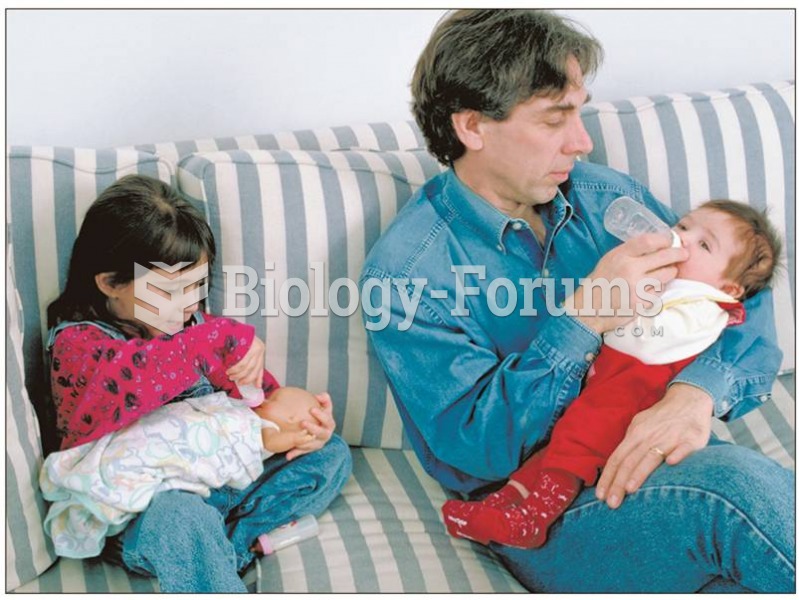Assume you are working with a girl with Rett syndrome. A behavior characteristic of this syndrome is that the girls play with their fingers and hair to the point that their fingers may become raw and bloody. Also, these girls pull their hair out. This particular little girl also puts her foot up by her face and scratched the edge of her shoe along her face, causing scrapes and bleeding on her face. These behaviors severely trouble her mother (understandably so). You have not been able to identify a reinforcer for the problem behaviors. However, you have found that sitting the girl on her mom's lap while playing with toys seemed to be a reinforcer for appropriate behavior, so you decide to implement an fixed-momentary DRO using mom's attention and toys as the reinforcer and an interval of 5 seconds. Which of the following would describe your fixed-momentary DRO procedure most accurately?
a. Give the girl a specific appropriate response (e.g., say mom) that she should display to gain access to mom and the toys. After 5 seconds expires, prompt her to engage in this response. If she does it, she gets to play with mom and toys.
b. Set a timer for 5 seconds. When the timer dings, if the girl is not engaged in finger picking, hair pulling, or face scratching, allow her to play with mom and toys. If she is picking her fingers, pulling her hair, or scratching her face, do not allow her to play with mom and toys.
c. Set a timer for 5 seconds. If she does not engage in finger picking, hair pulling, or face scratching at any time during the 5 seconds, allow her to play with mom and toys. Reset the timer contingent on finger picking, hair pulling, or face scratching.
d. Set a timer for 5 seconds. If she engages in finger picking, hair pulling, or face scratching for 5 seconds, allow her to play with mom and toys.
Question 2
Why is a functional analysis sometimes referred to as an analog?
What will be an ideal response?







